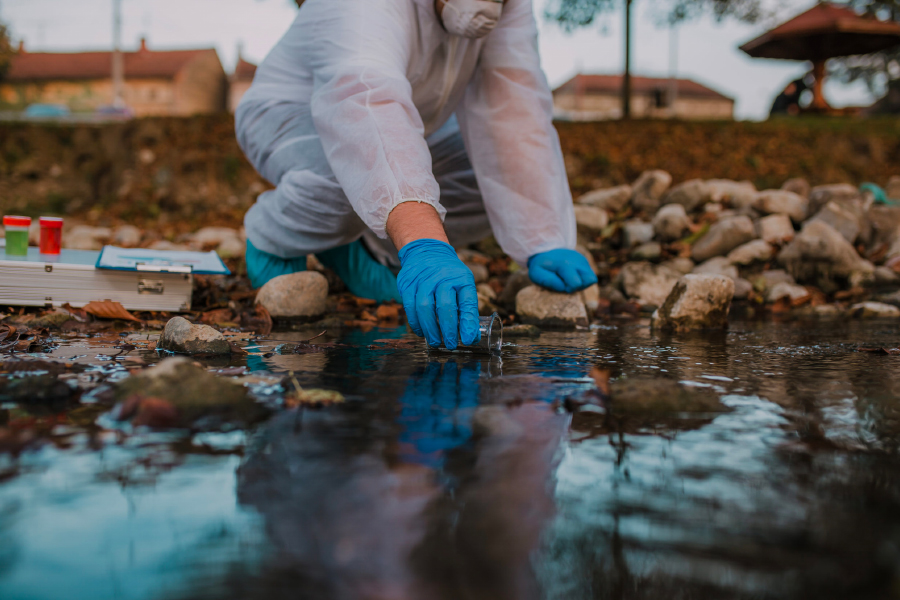What is Water Analysis and how it’s performed?

What is Water Analysis and how it’s performed?
What is water analysis?
Water analysis is the study of the physical and chemical properties of water. This can be done in a laboratory or in the field. Water quality tests are used to determine if water is safe to drink, swim in, or use for irrigation. There are many different types of water quality tests. Some common tests measure the concentration of dissolved oxygen, pH, turbidity, and temperature.
Dissolved oxygen is important because it is necessary for fish and other aquatic life. pH measures the acidity or basicity of water. Turbidity measures the number of suspended particles in water. Temperature is important because it affects the solubility of many chemicals and how fast chemical reactions occur. Water quality data can be used to identify trends over time and compare different bodies of water. This information can be used to make decisions about how to best protect our water resources.
Why is water analysis important?
Water analysis is important for many reasons. First, water is essential for life, and clean water is necessary for good health. Second, water is a limited resource, so it is important to understand the quality of our water supplies and how they are changing over time. Finally, water plays an important role in the environment, so understanding its quality can help us protect ecosystems.
How is water analysis performed?
There are a variety of ways to analyze water, depending on the properties that need to be measured. Physical and chemical analysis can give insights into the overall quality of the water, while biological analysis can provide information on the presence of harmful microorganisms.
One common way to measure the physical properties of water is through turbidity testing. This involves shining a light through a sample of water and measuring how much light is scattered by particles in the water. High turbidity levels can indicate the presence of pollutants such as sediment or algae.
Chemical analysis usually focuses on measuring concentrations of particular dissolved substances in the water. For example, tests might be performed to measure levels of chlorine, lead, or nitrates. These tests can give an indication of whether the water has been contaminated by sewage or industrial waste.
Biological analysis typically looks for evidence of microorganisms that could cause illness if ingested. Such tests might involve incubating a sample of water to see if bacteria or viruses grow under controlled conditions. The results of these tests can help determine whether it is safe to drink from a particular source of water.
Conclusion
In conclusion, water analysis is a vital tool for ensuring the safety of our water supply. Water analysis is vital for many reasons. It can help identify pollutants in our water supply and allow us to take steps to remove them. It can also help us monitor the overall quality of our water supply and ensure that it meets our standards. By regularly analyzing our water, we can make sure that we are providing safe, clean water for ourselves and for future generations.





